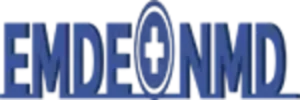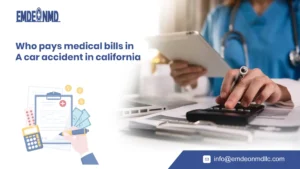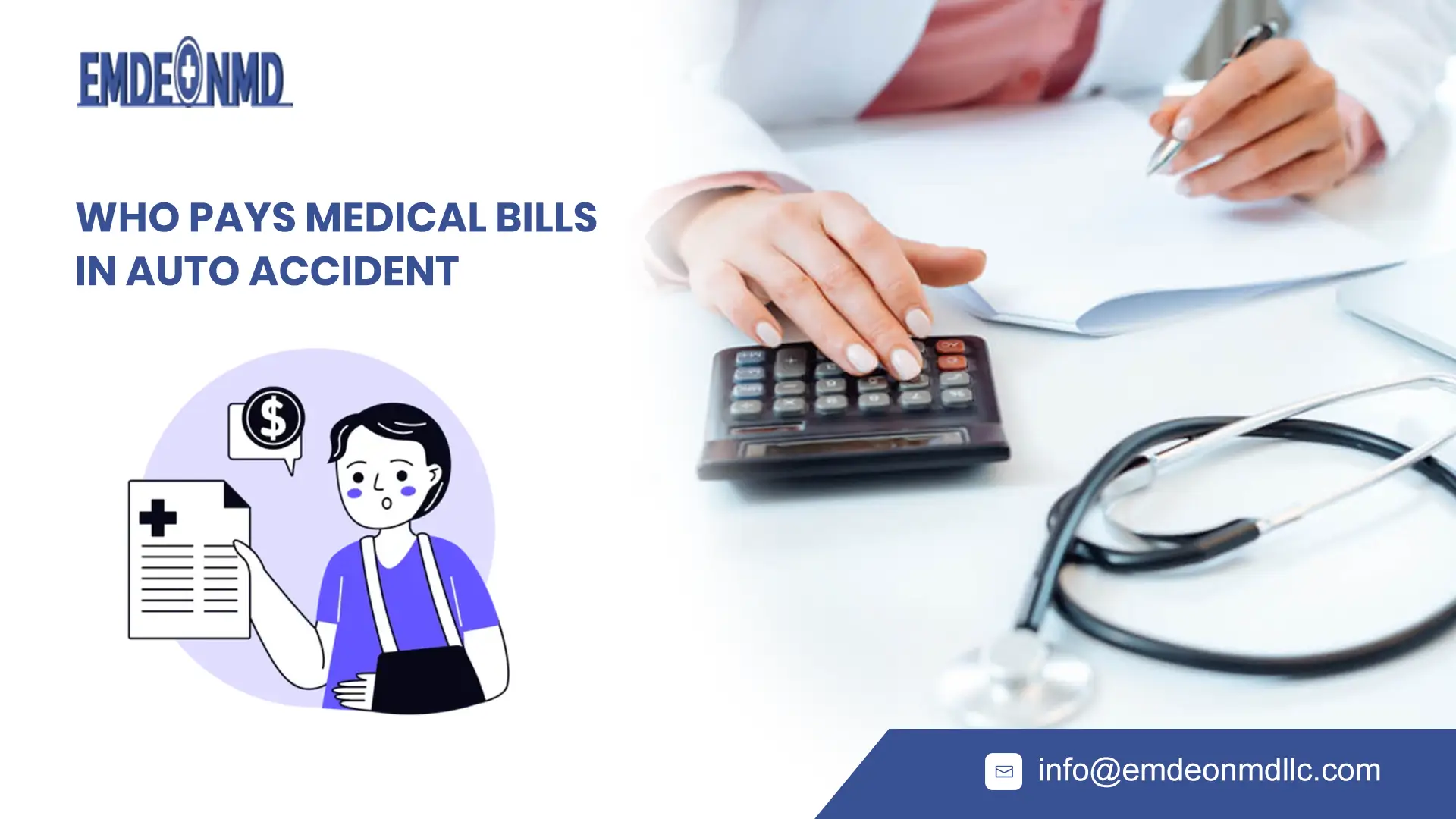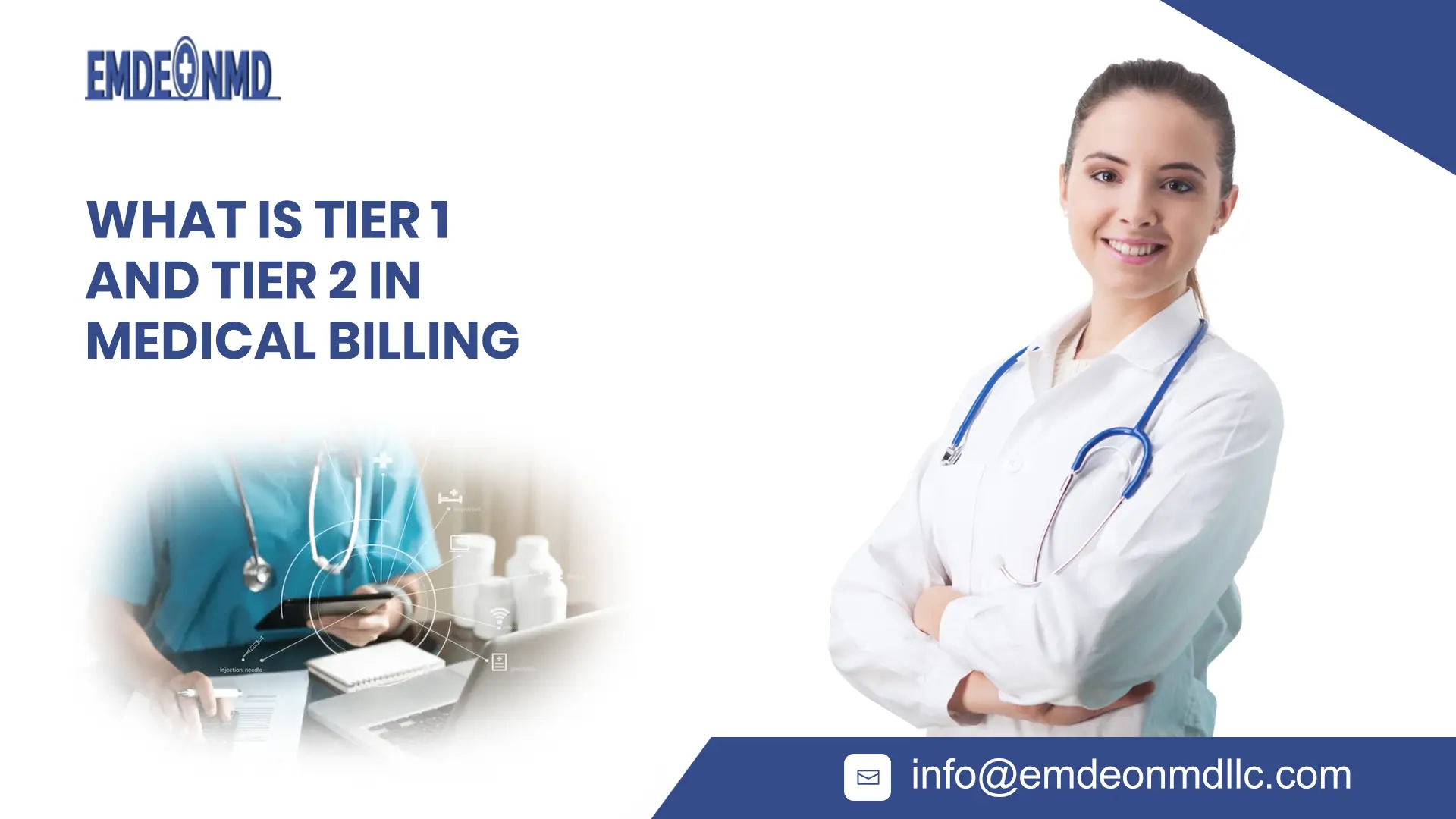Table of Contents
In medical billing, regulatory compliance is paramount to ensure accurate healthcare claims processing. All basic to advanced components from initial verification to submission are managed efficiently by experts. Healthcare claims processing software is commonly practiced in the billing industry in which various documents and guidelines are adopted for the provision of the best services. Do you have any idea what these documents are? These documents include ERA, EOB, or some others that are crucial in the billing of insurance claims in an effective manner.
Here is a detailed overview of ERA, and EOB along with their role in medical billing.ERA and EOB are two different terminologies with distinct characters and functionality. This article provides a detailed explanation of their differences concerning varied aspects.
ERA in Medical Billing
ERA stands for electronic remittance advice and is referred to as the digital version of an explanation of benefits EOB, providing detailed information on insurance payments with an explanation of claim payments. Electronic remittance advice (ERA) is an efficient digital version of the following components:
- Payment details
- Claim status
- Denials and adjustments
- Automated posting
- Electronic fund transfer
ERA is highly crucial in medical billing and revenue cycle management RCM, ensuring accurate and valid billing services followed by timely reimbursements of insurance claims. ERA plays a significant role in automated payment posting leading to improved financial stability and reconciliation, with improved patient care.
EOB in medical billing
Explanation of benefits (EOB) is termed as a document sent by the insurance company to the registered patient and health care provider processing of the medical claim, providing an overview of the handling of claims by the insured from initial to final payment. Many general and specific questions are benignly catered by EOB. Are insurance claim payments taxable? And some other queries are effortlessly handled by the insurance payers.
EOB consists of the following components:
- Patient information
- Service details
- Provider information
- Billed amount
- Insurance payment
- Patient responsibility
- Denials or adjustment codes
All these key components in EOB are obligatory and regulatory compliance of the legal guidelines, for provision of billing and RCM services.
Difference between ERA and EOB
EOB and ERA both document assisting in medical billing and revenue cycle management, but do you have any idea whether their difference occurs between ERA and EOB? Both EOB and ERA are two different documents in which ERA is a digital version, sent to healthcare providers, having faster service and processing than explanation of benefits EOB.ERA includes payment details while EOB serves claim processing without payment details and adjustments. ERA acts as provider-focused services while EOB acts as patient-focused services. Due to differences and variability in functions, both are deployed cordially in the efficient processing of claims, for efficient billing.
Intent
ERA and EOB serve variability in the intent, in which ERA serves health providers regarding payment details along with explanations of denial reasons and adjustments in payments are being catered in an organized manner. This information and details are responsible for the provision of automation of payment while EOB is to ensure claim proceeding efficiently.
Receipt
ERA is received by healthcare providers only while EOB is more versatile and flexible in reception as it is liable to be received by healthcare providers and the patients who are enrolled with the specific insurance plan. An ERA is less specific and flexible than an EOB, making its acceptability less than an EOB.
Format delivery
In healthcare claims processing systems EOB and ERA serve cordially equal functionality specific to the concerned task and patient needs and requirements. Have you ever wondered whether there are any differences in the format delivery of electronic remittance advice ERA and the explanation of benefits EOB? Yes, both ERA and EOB have varied formats as ERA is a digital document with the digital format or electronic format EDI 835 is followed and practiced by the insurers along with integrated billing software for the provision of billing services. While paper-based EOB is submitted in the form of PDFs or emails.
Content
While comparing the content of electronic remittance advice ERA and explanation of benefits, some details are common in both, in which patient name, ID, and provider details are the same in both documents. Some varying components include the allowed amount covered by ERA while EOB covers the covered amount by the payers, in which payment information with EFT number, the amount along payer details are catered in electronic remittance advice document, while the explanation of benefits form doesn’t include these details. Copays, deductibles, and coinsurance information are covered in ERA, ensuring the responsibility of the patient to be paid.
Actions taken
Healthcare claims processing workflow in ERA and EOB is quite different and varied from one another in which the provider reviews payment details for denial in case of electronic remittance advice from ERA, while claim processing details are covered follow up by the patient directly to get clarifications about denials on claims. In the case of reconciliation, ERA ensures matching with EFT funds for accurate reimbursements of claims, while the explanation of benefits EOB caters to insurance coverage and medical bills analysis with EOB. In ERA appeals are initiated and handled by the providers while in EOB patients can hold appeals in case of incorrect or denied claims.
Efficient ERA, EOB with EmdeonMD top-notch billing services
ERA and EOB are basic yet prime components in medical billing, ensuring accurate insurance claim payments, outsourcing billing of medical services, and catering to all problems related to revenue cycle management and billing. Have a look at EmdeonMD premium billing services with expert-level ERA, and EOB handling along with varied and versatile medical billing services, catered under one roof. Let’s connect through free consultations, emails, or phone numbers, and optimize your medical services through our expert and top-notch billing and revenue cycle management RMC services. Our experts wait to build connections with trustworthy clients aimed at transforming medical services to a premium level.
Frequently Asked Questions FAQs
What is the main difference between ERA and EOB?
ERA (Electronic Remittance Advice) is a digital document sent to healthcare providers with claim payment details, adjustments, and denials. EOB (Explanation of Benefits) is a paper or electronic document sent to both patients and providers, explaining how the insurance company processed the claim but without payment details.
Can patients access ERA?
No, ERA is only sent to healthcare providers for claim reconciliation and automated payment posting. Patients receive an EOB, which provides similar details without direct payment information.
How does ERA improve billing efficiency?
ERA automates payment posting, reduces manual data entry, minimizes errors, speeds up claim processing, and improves revenue cycle management (RCM). It is also integrated with Electronic Funds Transfer (EFT) for faster reimbursements.
What should patients do if they disagree with an EOB?
Patients should review their EOB carefully, compare it with their medical bills, and contact their insurance company for clarification. If they believe a claim was incorrectly denied or underpaid, they can file an appeal with supporting documents.












